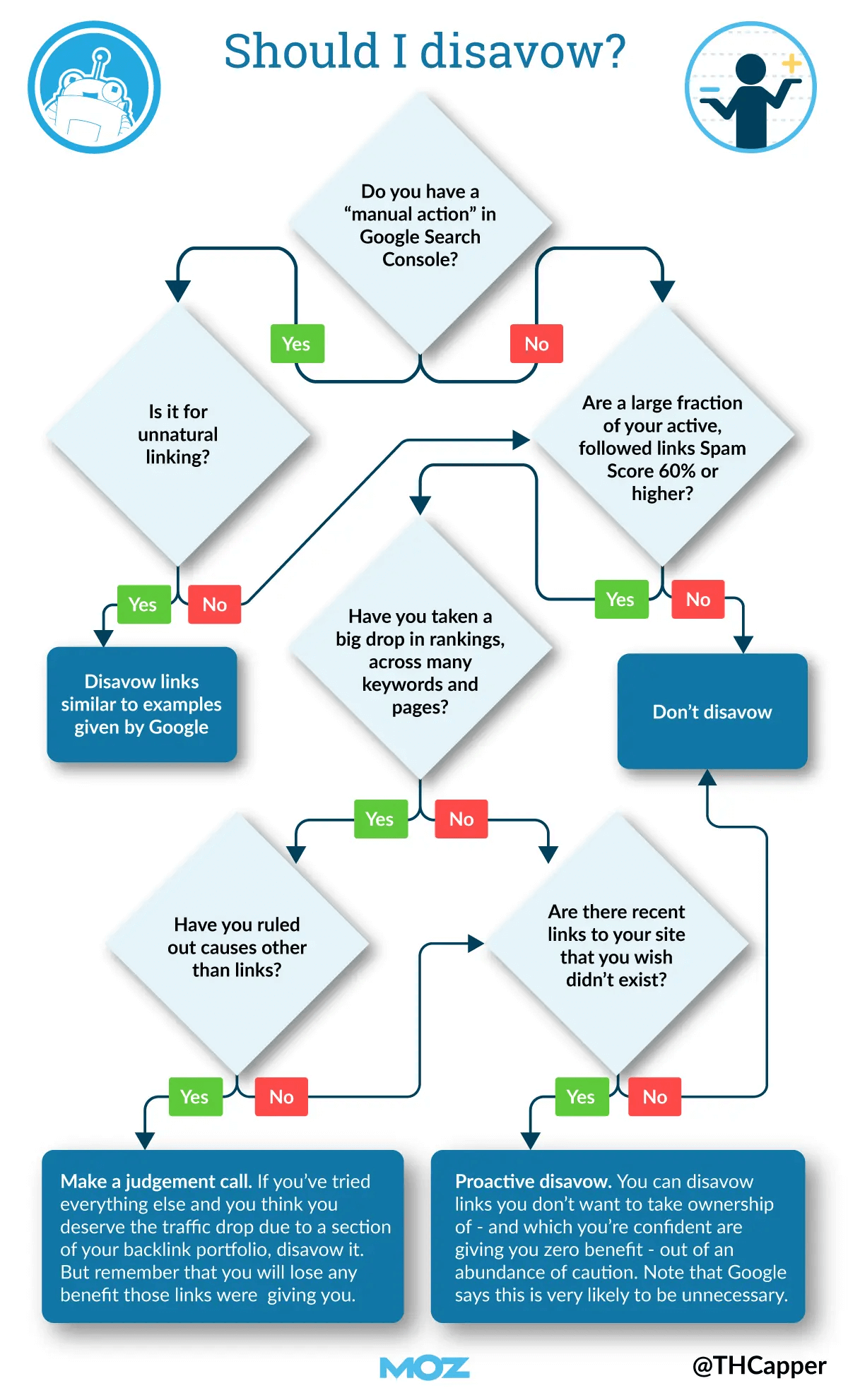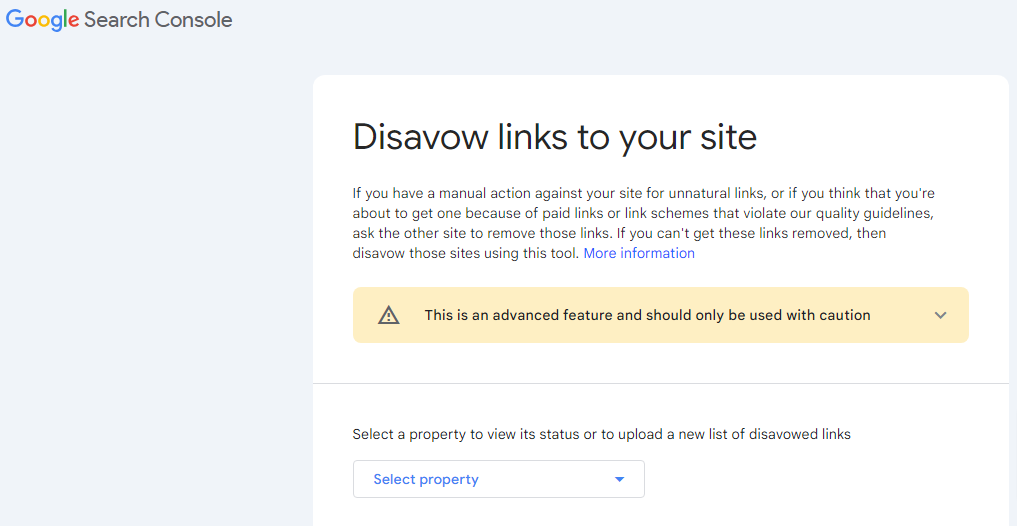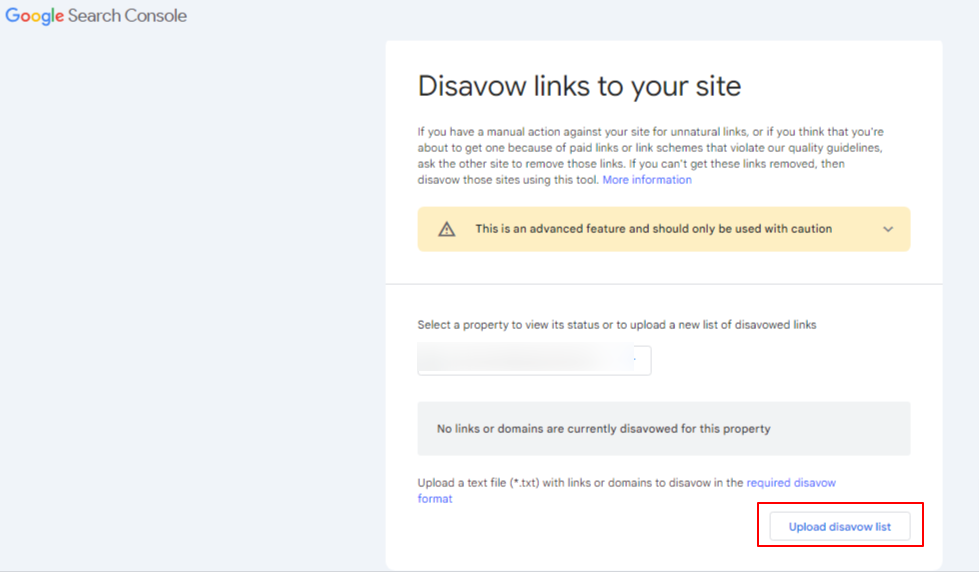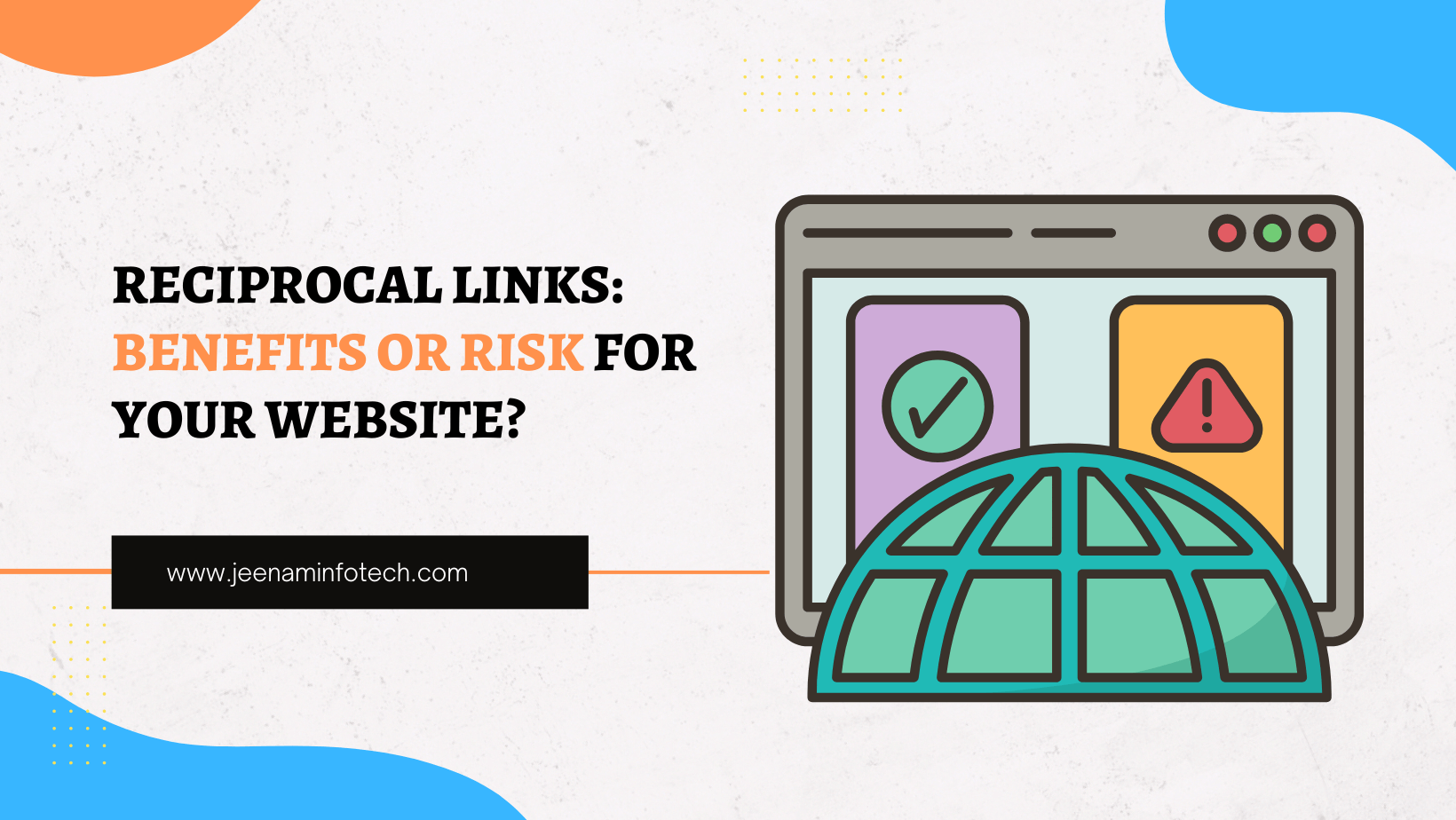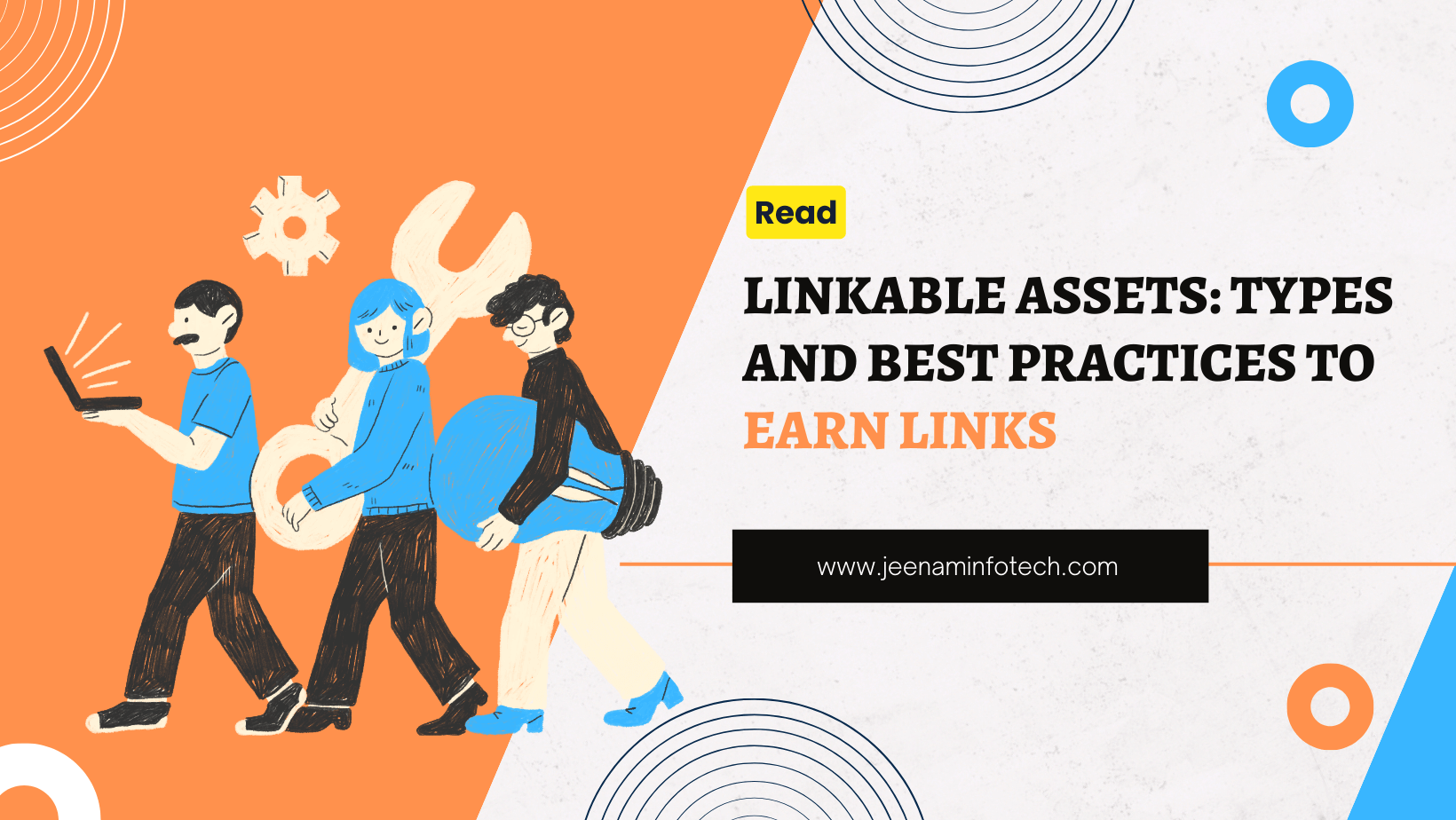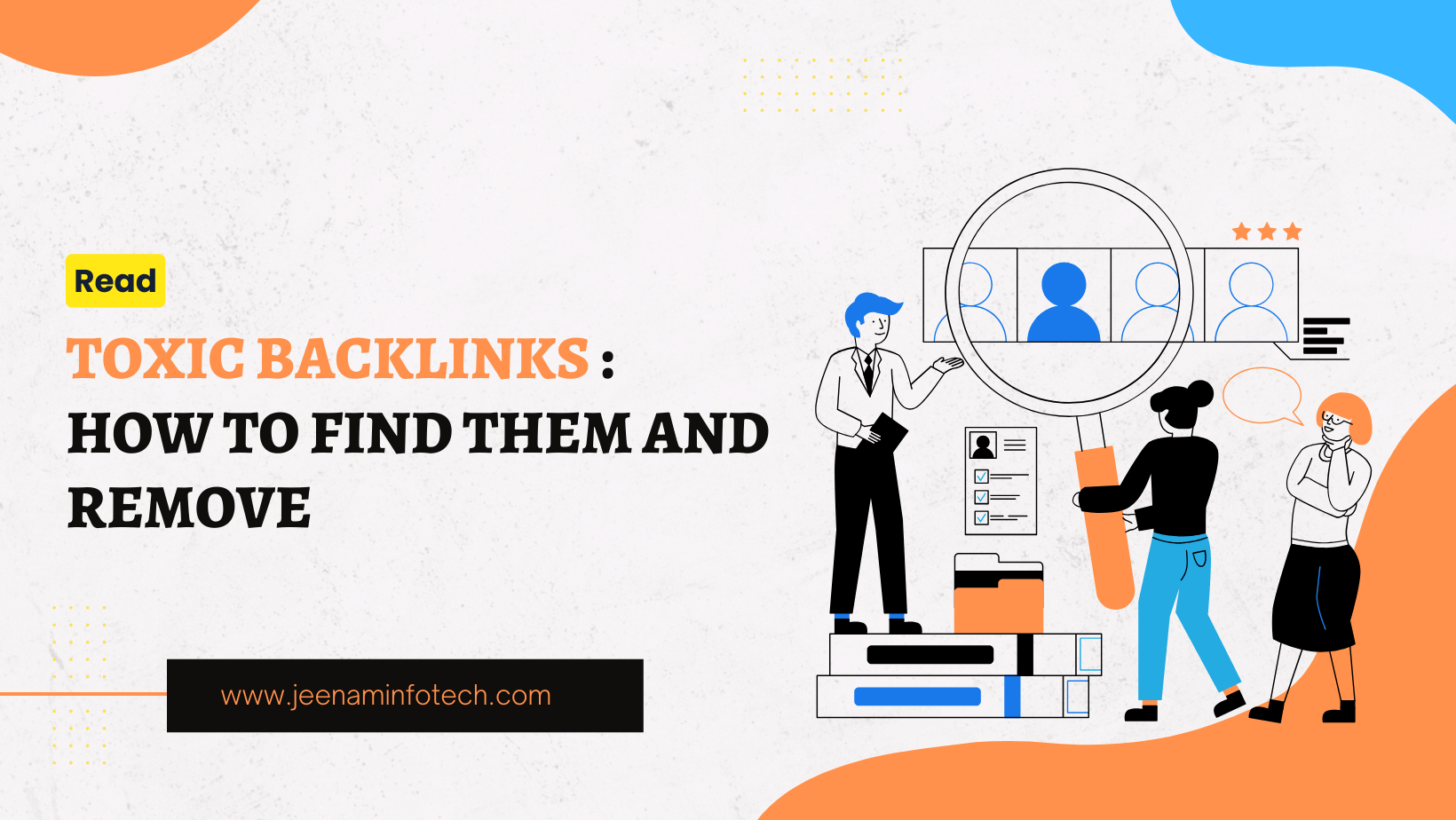We all enjoy superhero movies. In such movies, there are good humans and then there are villains who can disrupt world peace.
In the end, the superhero comes to rescue and save the planet.
In SEO also there are good backlinks and there are poor (spamy) backlinks.
As a SUPERSEO, you must identify those bad links and Disavow them, or nullify their effect.
How to kill them? You can do it manually or by following various tactics.
Want to know the details? Read the blog & find out!
What are we Discussing?
- Disavow Tools: Disavow tool, CognitiveSEO, and Link Detox. It helps manage and create disavow files.
- Disavow Process in Ahrefs: Identify and select harmful backlinks, then upload a disavow list.
- Best Practices: Regularly audit your backlink profile, focus on manual removal, and build high-quality links.
- What are Bad Backlinks? Irrelevant sources, low-quality sites, expired domains, and high spam sites.
- Finding Bad Backlinks: Use tools like Moz, Ahrefs, and Google Search Console to identify harmful links.
What is Disavowing?
This technique is mostly used when a website has a lot of spammy or low-quality backlinks that could harm its search engine rankings.
Disavowing links allows website owners to inform search engines such as Google that they do not want their links to be considered when determining the authority and relevance of their site.
However, disavowing backlinks must be done carefully, as doing it incorrectly may negatively impact a site’s search engine ranking.
Why Disavow Links?
Image source:- moz.com
Here’s why it matters:
-
Safeguards rankings in search engines
Bad backlinks, or links from low-quality, spammy, or irrelevant websites, can negatively impact your website’s search engine rankings. Search engines may view these links as evidence of your website’s poor content or dishonest use of SEO strategies.
-
Preserves the Credibility of the Website
By taking this step, you safeguard and uphold the reputation of your website by separating it from potentially damaging or irrelevant sources.
-
Stop Penalties
Keeping an SEO profile in good standing requires careful management of backlinks. Backlinks are a key indicator of a website’s authority and relevancy to Google. Penalties for manipulating or obtaining low-quality backlinks can have a severe effect on your website’s placement on SERPs.
How to Disavow Backlinks?
Let us understand the process of disavowing your backlinks
1. Create a text file listing the URLs of the undesirable backlinks, each on a new line.
2. Use the correct format:
# Two pages to disavow
http://spam.example.com/stuff/comments.html
http://spam.example.com/stuff/paid-links.html
# One domain to disavow
domain:shadyseo.com
3. Access Google’s Disavow tool, select your website, and upload the text file.
4. Select only disavow backlinks that are harmful or spammy. Prioritize removing them manually requesting to webmasters first, as disavowing should be the last option.
5. To increase the authority and credibility of your website, concentrate on developing high-quality backlinks.
What are Bad Backlinks?
When the links pointing to your website are from irrelevant or harmful sources, they are considered to be Bad Backlinks.
Unknown Sources: Links from unknown sources to your content or industry, which provide no value to your audience.
Low-Quality Websites: Links from sites that have low domain authority, poor design, or those filled with ads and spammy content.
Link Farms: Websites created solely to generate links, with no real content or user engagement.
Paid Links: Links purchased to manipulate search engine rankings, violating Google’s guidelines.
Automated Links: Links generated through automated tools or bots, often placed without regard to context or quality.
Hidden Links: Links hidden within a page’s HTML, visible to search engines but not users, are considered deceptive.
Comment Spam: Links placed in blog comments or forums, typically irrelevant to the discussion and spammy.
How to Find Which Backlinks to Disavow?
- Verify your backlink profile with Moz, Ahrefs, and Google Search Console.
- Find out the backlinks that are spammy or of poor quality that could damage the reputation of your website.
- Check backlinks from unrelated or irrelevant websites into consideration.
- Verify any links coming from websites that have a track record of phishing or malware.
- Analyze backlinks coming from link farms or networks.
- Assess the authority and reliability of the pertinent domains.
- Keep an eye on any sudden spikes in backlinks, as this may indicate that the links are being created artificially.
- You should regularly review and update your disavow file to maintain a clean backlink profile.
Third-Party Disavow Links Tool:
1. CognitiveSEO.:
CognitiveSEO, an all-in-one SEO suite, includes a disavow tool designed specifically for organizing and producing disavow files.
- Site Audit: It finds out broken links, duplicate content, meta tags, and other technical SEO factors.
- Backlink Analysis: It analyzes and finds the bad links that may harm your SEO and guides you in the process of link-building strategies.
- Keyword Research and Rank Tracking: It provides an overview of the effectiveness and monitors keyword rankings across various search engines and locations.
- Content Optimization: It makes suggestions for increasing content relevance and keyword use.
- Competitor Analysis: This feature helps you to find out your competitors through SEO strategies, such as their backlink profiles, keyword rankings, and content performance.
2. Link Detox:
This tool is great at finding backlinks that could lower the search engine ranking of your website.
- Identification: Identify the backlink profile using tools like Ahrefs, Moz, or SEMrush.
- Evaluation Criteria: Determine which links are harmful using criteria like relevance, links domain authority, anchor text diversity, and overall link quality.
- Risk Assessment: Links from penalized or suspicious websites are at a higher risk and should be removed first.
- Disavow Tool: While assessing your website’s backlink profile this tool informs Google to ignore those links. This tool should be used with caution and as a last option.
- Monitor and Repeat: To identify any new harmful links, review your backlink profile timely. Maintaining a clean and well-maintained backlink profile requires regular link detox exercises.
- Manage Backlink Profile: Website owners who want to actively manage their backlink profile and reduce the risk of algorithmic penalties due to spammy or low-quality links will benefit from this tool.
3. Disavow it:
- Collect Disavow files: It’s a simple tool for collecting and displaying your disavow file. It does not help you in identifying bad backlinks but does an excellent job of creating a properly formatted disavow file once you’ve figured out which URLs or domains to remove.
- Simply paste a list of URLs or domain names into Disavow, and it will generate a file ready for submission to Google.
- This tool offers a range of features for file preparation and identification that are especially intended for the disavowal procedure.
How to Disavow Backlinks in Ahrefs?
Disavowing backlinks in Ahrefs can be a straightforward process. The disavow list file should be in .txt format. Please find the step-by-step process:
Access Your Project in Ahrefs: Log in to your Ahrefs account and select the project in which you want to maintain your backlinks.
Access the Backlink Profile: It will direct you to the page where all backlinks are pointing at your website.
Identify Backlinks to Disavow: Review your backlink profile for any low-quality, spammy, or irrelevant backlinks you want to delete. Ahrefs offers a variety of metrics and filters to help analyze your backlinks.
Select Backlinks for Disavow: Tick the boxes next to the backlinks you want to disavow.
Disavow Backlinks: In Ahrefs, this is named as “Disavow” or “Disavow Links”. Click on this option to proceed.
Review and Confirm: Ahrefs will display a summary of the backlinks you’ve selected for disavow. Once you’re satisfied, confirm the disavowal process.
Before using disavowal, it’s imperative to prioritize manual outreach to webmasters for link removal and concentrate on constructing relevant, high-quality backlinks. Your website’s SEO performance will be protected by the cautious use of disavow tools and continuous efforts to improve the quality of backlinks to your site.
Conclusion
One of the most important strategies for keeping your website’s search engine rankings safe and your backlink profile intact is to disavow links.
The most important best practices are frequent audits, cautious link selection, and giving manual removal top priority.
You can expedite the process and lessen the chance of getting penalized for low-quality backlinks by using tools like Ahrefs, Link Detox, and CognitiveSEO.
We hope this write-up will help you arrive at a considerable decision concerning disavowing links on your website.


